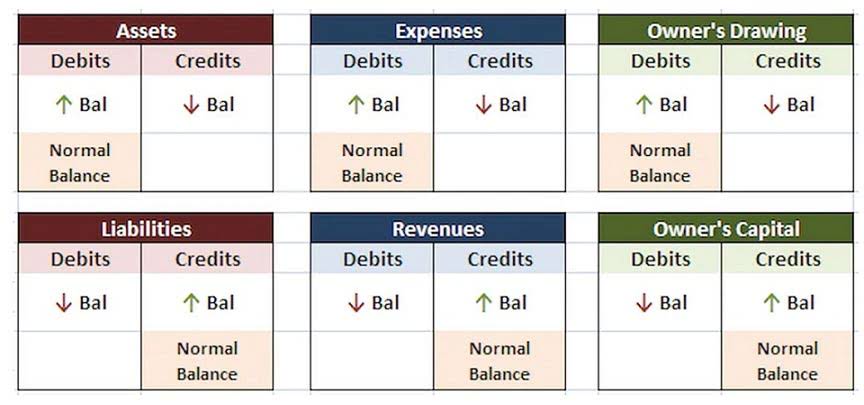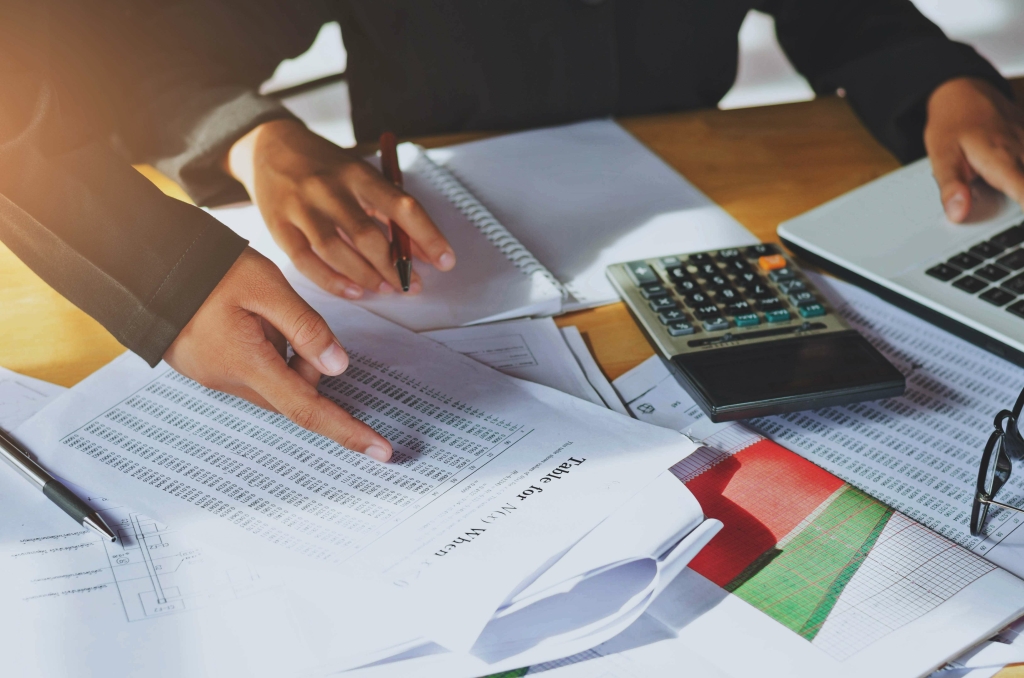Product Costs and Period Costs Definition Explanation Examples

Usually, these costs come from various sources and accumulate into a single unit. Period costs – are not inventoriable and are charged against revenue immediately. Period costs include non-manufacturing costs, i.e. selling expenses and administrative expenses. Manufacturing example of period costs costs – incurred in the factory to convert raw materials into finished goods. It includes cost of raw materials used (direct materials), direct labor, and factory overhead. Period costs are sometimes broken out into additional subcategories for selling activities and administrative activities.

Best Account Payable Books of All Time – Recommended
It is important to separate petty cash costs into product and period costs as their treatment in the financial statements differs. Indirect costs or indirect expenses, are costs which cannot be traced directly to a particular cost object. In schools, for example, the cost object might be students or a subject department, in the healthcare industry, the cost object might be a patient or medical department.

Long-term implications for business sustainability and growth
- This accounting practice is not only a compliance measure but also provides valuable insights for internal management and external stakeholders.
- Period costs, also known as operating expenses, are expenses that are not directly tied to the production of goods or services.
- Period costs include selling expenses and administrative expenses that are unrelated to the production process in a manufacturing business.
- These costs are not part of the manufacturing process and are, therefore, treated as expense for the period in which they arise.
- One common form of advertising and promotion expense is the cost of advertising campaigns.
- It is essential for businesses to monitor their period costs closely to manage their financial performance effectively.
- Resources consumed to provide or maintain the organization’s capacity to produce or sell are capacity costs or supportive overheads.
By analyzing and monitoring these expenses, companies can assess the effectiveness of their marketing strategies and make adjustments as needed. Period costs are expensed on the income statement when they are incurred. When a company spends money on an advertising campaign, it debits advertising expense and credits cash.
- If the products are not sold right away, then these costs are instead capitalized into the cost of inventory, and will be charged to expense later, when the products are eventually sold.
- The preceding list of period costs should make it clear that most of the administrative costs of a business can be considered period costs.
- TranZact helps businesses focus on understanding fixed costs using reliable inventory valuation methods.
- These costs are essential for businesses to operate, promote their offerings, and provide a conducive work environment for their employees.
Current period costs
Product costs are needed to produce the product and are sometimes referred to as inventory costs as they are included in the cost of inventory of the business until the products are sold. Costs which are needed to produce a product are referred to as product costs, all other costs are known as period costs. Understanding the differences between historical (past), current (present), and pre-determined (future) expenses is important for successful financial planning. Historical expenses are unrelated to current decision-making, while pre-determined expenses involve estimates for future periods, impacting budget preparation and decision-making. Understanding these differences is important for performing a detailed financial analysis. Fixed costs remain the same over a specific period, regardless of production levels, while variable costs fluctuate with the production level.
- It will also allow a business to focus on growing and controlling direct costs.
- We’re a headhunter agency that connects US businesses with elite LATAM professionals who integrate seamlessly as remote team members — aligned to US time zones, cutting overhead by 70%.
- Period costs, on the other hand, are allocated to the period in which they are incurred, regardless of the products being produced or sold.
- Inventory is a particularly important component of COGS, and accounting rules permit several different approaches for how to include it in the calculation.
- By examining these examples, it becomes clear that the method of accounting for period costs must be tailored to the operational realities of each industry.
Overhead
Capacity costs are further divided into standby costs AI in Accounting and enabling costs. Standby costs will continue if the firm shuts down operations or facilities temporarily. Period costs help the management understand the burden of cost that a firm is facing irrespective of whether the company is working or not, earning any profit or not. Moreover, it helps authorities identify the irrelevant unavoidable costs that will always consider reaching the breakeven point. Below is a break down of subject weightings in the FMVA® financial analyst program. As you can see there is a heavy focus on financial modeling, finance, Excel, business valuation, budgeting/forecasting, PowerPoint presentations, accounting and business strategy.
Selling and Distribution Costs

They are essential, but their contribution isn’t directly incorporated into the product itself. In financial accounting, product costs are initially carried as inventory in the books and are reflected as a current asset in the balance sheet. Once the goods are sold, the inventory is charged to the trading account in the form of cost of goods sold. This treatment of capitalizing the costs first and then charging as an expense is in line with the matching principle of accounting. Thus, the product costs are expensed out as cost of goods sold only when the related income from sale of goods is realized and recorded.
These costs are considered operating expenses and are deducted from revenue to determine net profit. Product costs, also known as inventoriable costs, include direct materials, direct labor, and manufacturing overhead. These costs are related to the creation of products and are considered assets until the products are sold. On the other hand, period costs are expensed in the period in which they are incurred and are not tied to specific products. Period costs are not tied to a product or the cost of inventory like product costs are. Period costs are also listed as an expense in the accounting period in which they occur.
